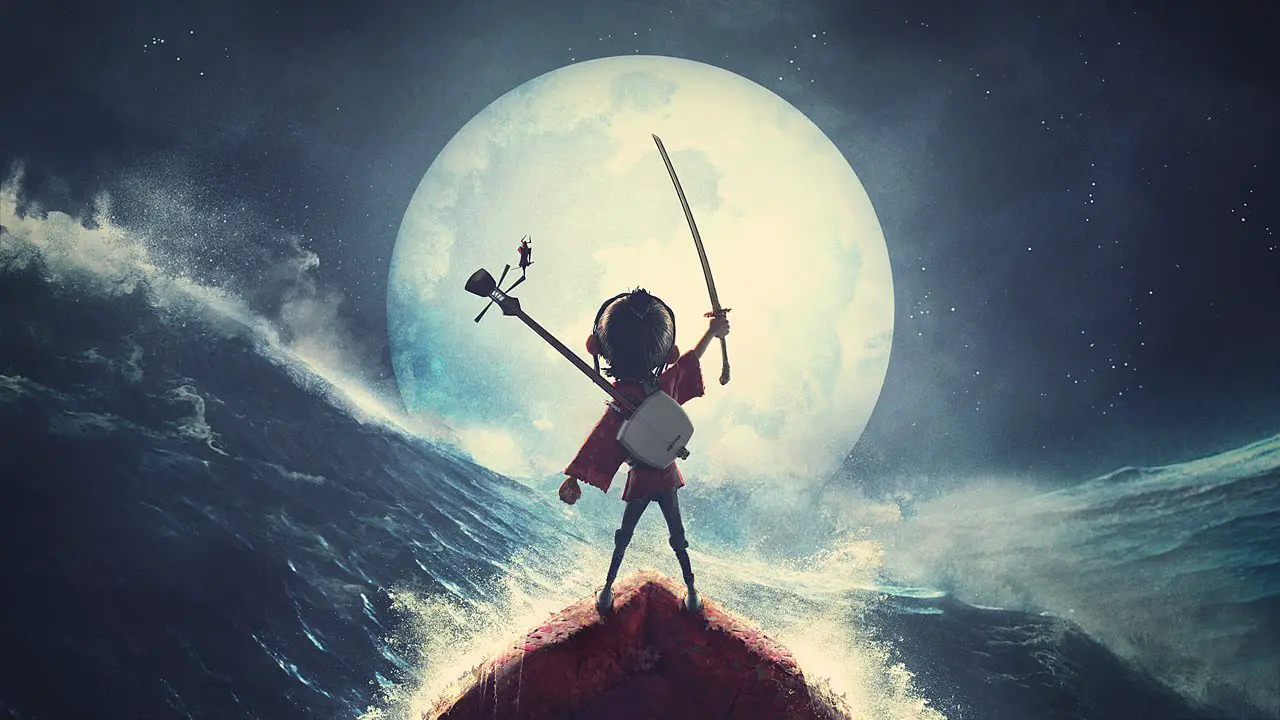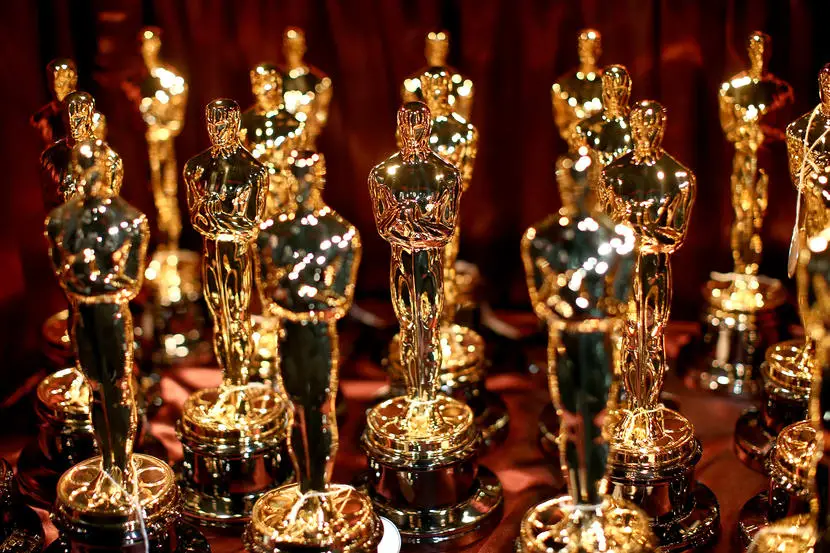Livid Over Animation
Now, instead of having only animators vote for the Best Animated Film, anyone can. If you can’t tell, this is not a good thing.
By Eric McInnis, Arcadia University
Similar to live-action filmmaking, animation is home to both mainstream and independent works, and one can see some very stark differences between each category.
Mainstream animation typically consists of American CGI adventure comedies packed with famous celebrities and intended for a family audience. Independent animation strays away from that, by either being in stop-motion or traditional animation, or delving into other genres, like dramas, or other audiences, such as adults or arthouse fans.
As expected, the latter category of animated films has few household names. Any person on the street knows about “Toy Story” or “Despicable Me,” but it’s rare to find someone who knows about movies like “Waltz with Bashir” or “Anomalisa.”

Because of said films not getting the spotlight, I’m always excited to see what each Academy Award’s Best Animated Feature has to offer. For those who may not know, the way nominees are chosen for all categories is that each member who identifies in a specific branch of the Academy votes for their specific category. For example, actors can only choose who gets nominated in the acting categories, while cinematographers can only choose who gets nominated in the cinematography category.
In animation’s case, the nominations for both Best Animated Feature and Best Animated Short Film were largely determined by a mixture of members from the Short Films and Feature Animation branch, which is mostly composed of people who work or have worked in the animation industry, along with some select members invited from other branches.
In the past few years, said categories have been flooded with features that the average Joe Schmoe has never even heard of, let alone watched, and almost all of them are either independently produced features or foreign films from other countries.
Said movies were also well-known for snubbing out other popular animated features, such as in the 2015 Academy Awards when the Irish film “Song of the Sea” and the Japanese film “The Tale of the Princess Kaguya” had earned nominations over more mainstream fare, including “The Lego Movie” which was considered one of the best films of 2014.
However, things could possibly change, as just recently, the Academy announced changes to who is allowed to vote. For the first time, nominations voting in the Animated Feature Film category will be opened up to the entire eligible voting membership. Invitations to join the nominating committee will be sent to all active Academy members, rather than a select craft-based group.
What does this new rule mean for the future of the category? Well, remember that the next Oscars is still eleven months or so away, so we won’t really know what will happen until much later down the road. However, there are still some clues which imply the nominations won’t be as unique or diverse as years before; ironic, considering what the Academy has been focusing on within the past few years.
In spite of the nominations of films like “Boy and the World” or “The Red Turtle,” historically, when votes are cast by all of the Academy’s members, no nominated film from an indie studio has won an Oscar, and within the past ten years, nine of the winners were from The Walt Disney Company, with the exception of “Rango,” which was also a mainstream animated film.
There’s also the issue of many of the voters not bothering to treat animation like it’s on the same level of quality and artistry as live-action works, if Hollywood Reporter’s Brutally Honest Oscar Voters is anything to go by. With voters admitting to not bothering to watch animated films since they were six years old, calling foreign animated films “obscure freakin’ Chinese fucking things,” even though said films were Irish and Japanese, or admitting to voting for “The Red Turtle” because he has a “turtle fetish” and spent the first half saying he has no interest in animation or animators, it’s hard to be confident that the voters are really considering lesser-known or overlooked animated features over the mainstream options. Ironically , an article from The Wrap states that the change was done in response to the animation branch supposedly ignoring CG films from bigger studios, and hopes opening up the door to more voters will “lessen the bias towards old-school animation.”
Of course, I’m aware all of the independent and foreign films mentioned didn’t have a snowball’s chance of winning anyway, and I doubt next year’s nominees will have generic time-wasters like “The Boss Baby” or creatively bankrupt films like “The Emoji Movie.” However, what the Academy Awards represents, at least to me, is a celebration of the diversity found in storytelling and filmmaking, which not only includes movies typically watched, but films that are overlooked or don’t get the same kind of theater count or box office as the big guns.

The Best Animated Feature was the most shining example of said representation. Looking at this year, the category had giant blockbusters like Disney’s “Zootopia” and “Moana,” along with the criminally overlooked stop-motion film “Kubo and the Two Strings,” and two foreign releases, such as the 2-D/CG hybrid “The Red Turtle” which was a co-production with the Japanese animation studio Studio Ghibli and many other European studios, and the stop-motion Swiss-French co-production “My Life as a Zucchini.”
Right there is a shining example of both film and animation diversity, so having just the regular features most people will have already seen would be both a huge step backwards for the ceremony, at least in my eyes, and make people unaware about other great films that don’t have the backing of a major studio. For a comparison, imagine if last year’s Best Picture nominations didn’t have movies like “Moonlight” and “Lion,” and instead consisted of films like “Rogue One” and “Deadpool.” Seems a little unrepresentative of the best films of a year, no?
Now everything I’ve said could be null and void by the time next year’s nominations are announced. After all, the president of GKIDS, the studio that has released many of the independent and foreign features I mentioned in the U.S., believes voters will “still respond to good filmmaking in the same way that the broader Academy has responded to good filmmaking in live-action.” Honestly, I want to be wrong and hope the people who decide to be a part of the nomination committee really care for the art medium, but I don’t have the highest hopes, especially with animation still being called a genre even among people who have worked on animated movies.

















[…] Read the full article from the Source… […]